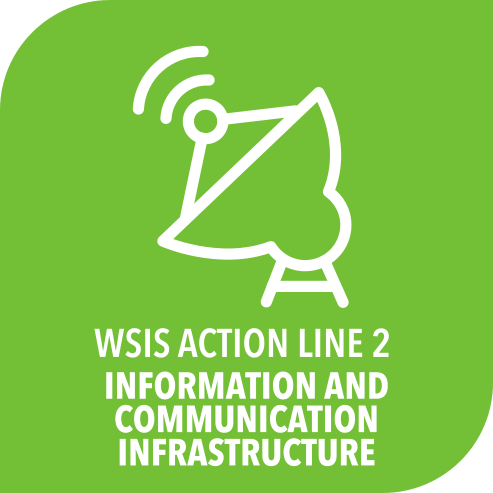The Era of Spatial Computing
World XR
Session 252
Understanding the evolution of immersive technologies
The session aims to explore the evolution and impact of spatial computing, an umbrella term encompassing augmented reality (AR), virtual reality (VR), mixed reality (MR), and other immersive technologies. This technological progression signifies more than just an enhancement of visual and interactive experiences; it represents a paradigm shift in how we engage with digital content and our physical environment.
Historical Context and Evolution
We will begin with a retrospective look at virtual reality’s debut in 2016, marking the initial steps into immersive experiences. The early years of VR were characterized by a focus on entertainment and gaming. However, rapid advancements in hardware and software have broadened the scope, enabling applications in various sectors such as healthcare, education, and professional training.
Applications and Impacts
The session will highlight the multifaceted benefits of spatial computing, particularly its contributions to the SDGs:
1. Creation: Spatial computing empowers creators with unprecedented tools for designing immersive experiences. Artists, designers, and developers can craft intricate, interactive worlds that push the boundaries of creativity. This has significant implications for industries such as architecture, entertainment, and digital arts.
2. Mediation: In the context of mediation and conflict resolution, spatial computing offers innovative ways to foster understanding and empathy. Immersive experiences can bridge cultural and ideological divides, providing stakeholders with new perspectives and facilitating more effective dialogue.
3. Education: Perhaps one of the most promising applications of spatial computing is in education. These technologies transform traditional learning environments, offering immersive, hands-on experiences that can enhance comprehension and retention. From virtual field trips to interactive 3D models, the possibilities for enriching educational experiences are vast.
4. New Tools and Technologies: The session will also explore the latest tools and platforms enabled by spatial computing. This includes advancements in user interfaces, AI-driven interactive elements, and collaborative virtual environments. These innovations not only improve usability and accessibility but also open new avenues for research and development.
Challenges and Future Directions
While the potential of spatial computing is immense, it is essential to address the challenges that accompany its adoption. Issues such as digital equity, data privacy, and the environmental impact of new technologies must be considered. The session will provide a balanced perspective, acknowledging these challenges while also presenting strategies to mitigate them.
As we navigate this era of spatial computing, it is crucial to understand its trajectory and harness its capabilities for the greater good. This session will provide a comprehensive overview of how immersive technologies have evolved and their potential to drive progress across various sectors. By fostering a collaborative approach and leveraging the power of spatial computing, we can make significant strides towards achieving the Sustainable Development Goals.
Join us for an insightful exploration into the evolution of immersive technologies and their profound impact on our world.
-
 C2. Information and communication infrastructure
C2. Information and communication infrastructure
-
 C3. Access to information and knowledge
C3. Access to information and knowledge
-
 C8. Cultural diversity and identity, linguistic diversity and local content
C8. Cultural diversity and identity, linguistic diversity and local content
-
 C9. Media
C9. Media
-
 Goal 4: Ensure inclusive and equitable quality education and promote lifelong learning opportunities for all
Goal 4: Ensure inclusive and equitable quality education and promote lifelong learning opportunities for all